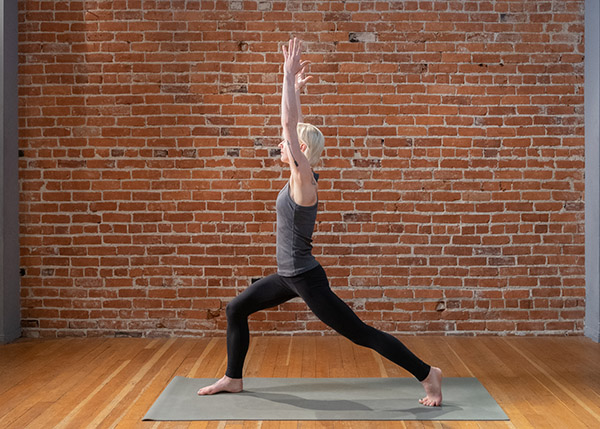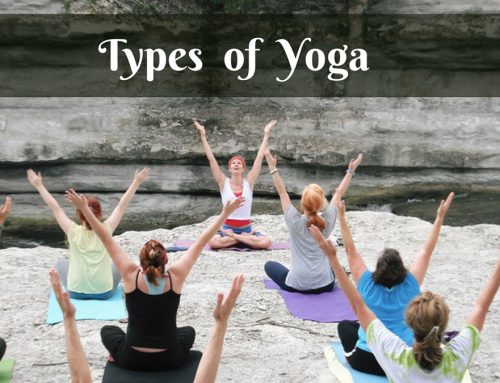Table of Contents
What is Vinyasa Flow Yoga?
According to its linguistic meaning, vinyasa comes from the combination of letters “vi” and “nyasa.” It is generally translated as “to place in a special way.” One of the reasons why it is called this name is because of the smooth and gentle way performers change from one pose to another. It is also one of the many types of modern yoga which contains a series of poses or asanas in a nonstop session and gentle manner.
What to Expect?
Vinyasa yoga consists of constant breathing and movement of your body. Compared to other types of yoga practices such as Hatha yoga, vinyasa yoga is normally done at a faster pace when you adjust every one of your poses to your breath. Besides, it is a key factor for you to align your breath with each movement you are performing. Both the breathing rhythm and movement of the body make vinyasa an ideal way to improve your strength as well as offering you cardio and stretching workout.
Vinyasa provides you with a lot of options, which will definitely include sun salutations and recommend warm-up stretches. Vinyasa is a perfect way for yoga beginners to stretch their body and enjoy a dynamic meditation through each movement. Now let’s find out the ways to practice vinyasa flow yoga from this introduction guide.
Tips for Practicing Vinyasa Poses
Move with breath
Remember that every movement of your vinyasa flow yoga should be accompanied by breath. And the breathing yoga skill employed in this exercise is called ujjayi breath, which is a rhythmic inhale and exhale through your nose. When doing the exercise, focus on connecting each movement of your body to one breath. You should slow your breathing rhythm accordingly. At first you may struggle to synchronize your breathing with all the movements, even feel a little frustrated at times, but remember that practice makes perfect. Generally, you should inhale when your body goes up and exhale when you go down.
Your comfort
Every vinyasa flow yoga practice should make you feel both mentally and physically comfortable.
First, vinyasa flow yoga is not for people to endure physical strain and it is not about building muscle. Vinyasa is meant to be a comfortable practice which helps you connect your mind to your body and teaches you to self-love.
Patience
As a beginner-friendly exercise, vinyasa flow yoga does not require strength and flexibility as asanas does. However, this yoga practice needs you to be more patient. Instead of something that stops you from enjoying this exercise, you should use this chance to strengthen your mind because there are many variations available for you to make this experience more comfortable as you train your body. Besides doing the exercise at home and enjoying a quality time alone, you can also turn to many advanced online classes or some professionals for advice.
Tadasana
It is one of the basic standing asana poses in many types of yoga practice. Performers do that exercise with their feet together and hands at each side of the body.
As a very basic vinyasa flow yoga, tadasana is arguably the basis for many standing asanas. It allows the body and mind to enjoy the experience at the same time and gets the performer ready for the next session. Doing this exercise, you need to keep the mountain pose which requires you to stand with your feet apart and arms relaxed.
Uttanasana
First, put your arms at each side of your body and fold your hands. Next bend down your knees slightly in order to find a comfortable position and then try to lower your body as much as possible. You can put your palm on the yoga may or on a yoga block depending on your habit. Finally relieve the tension in your shoulders and back.
The Benefits of Vinyasa Yoga
Doing the vinyasa practice properly with bulk yoga mats has numerous benefits to both your body and mind. In addition, it helps stretch the muscles, clam the mind, reduce stress and anxiety, increase flexibility, and promote respiratory and cardiovascular function. Vinyasa yoga will greatly enhance your overall well-being and improve the quality of life, which is vital to many people leading such a hectic lifestyle.
Has some question? You are welcome to contact us. We are the top OEM yoga mat manufacturer in China providing custom yoga mat manufacturing and exporting services.












